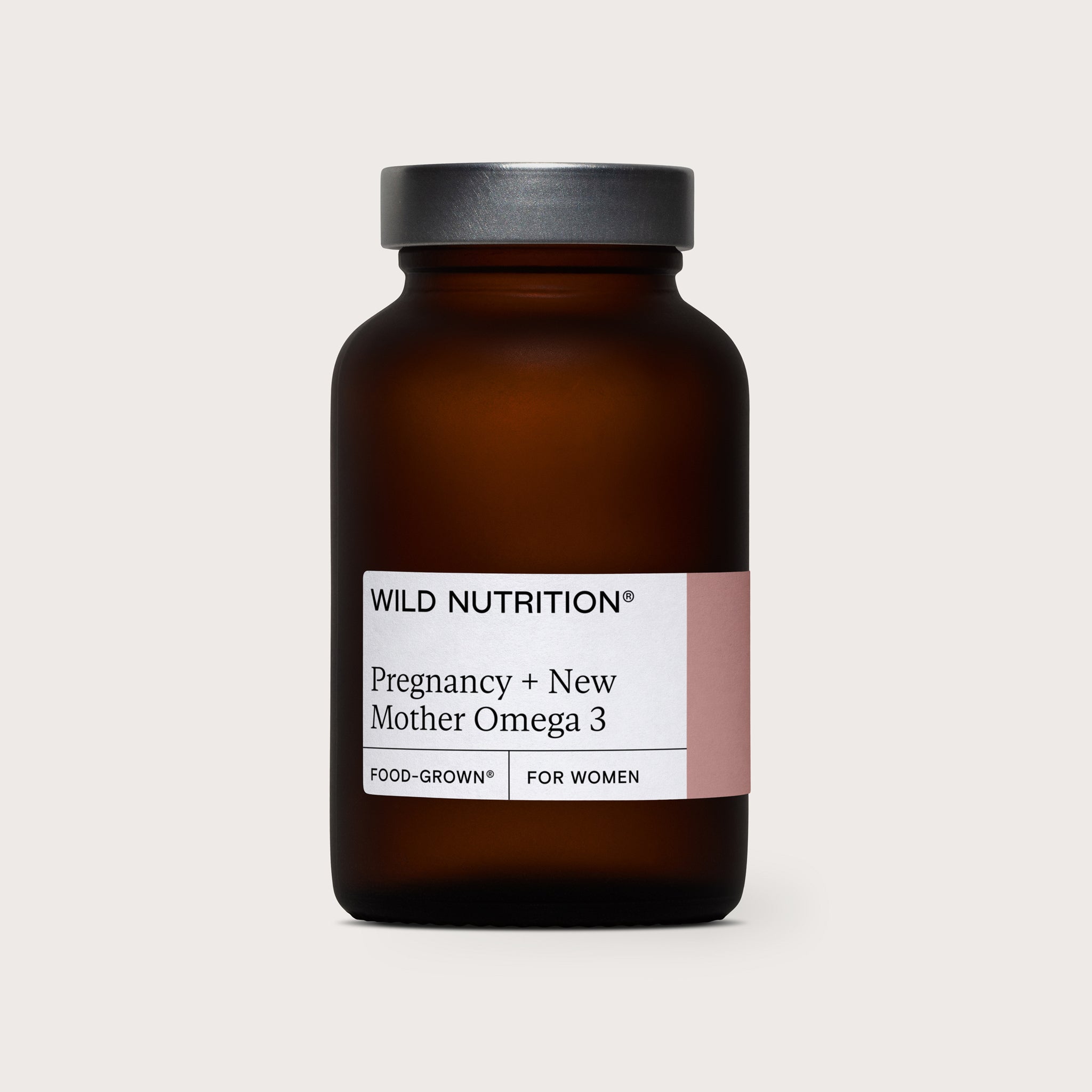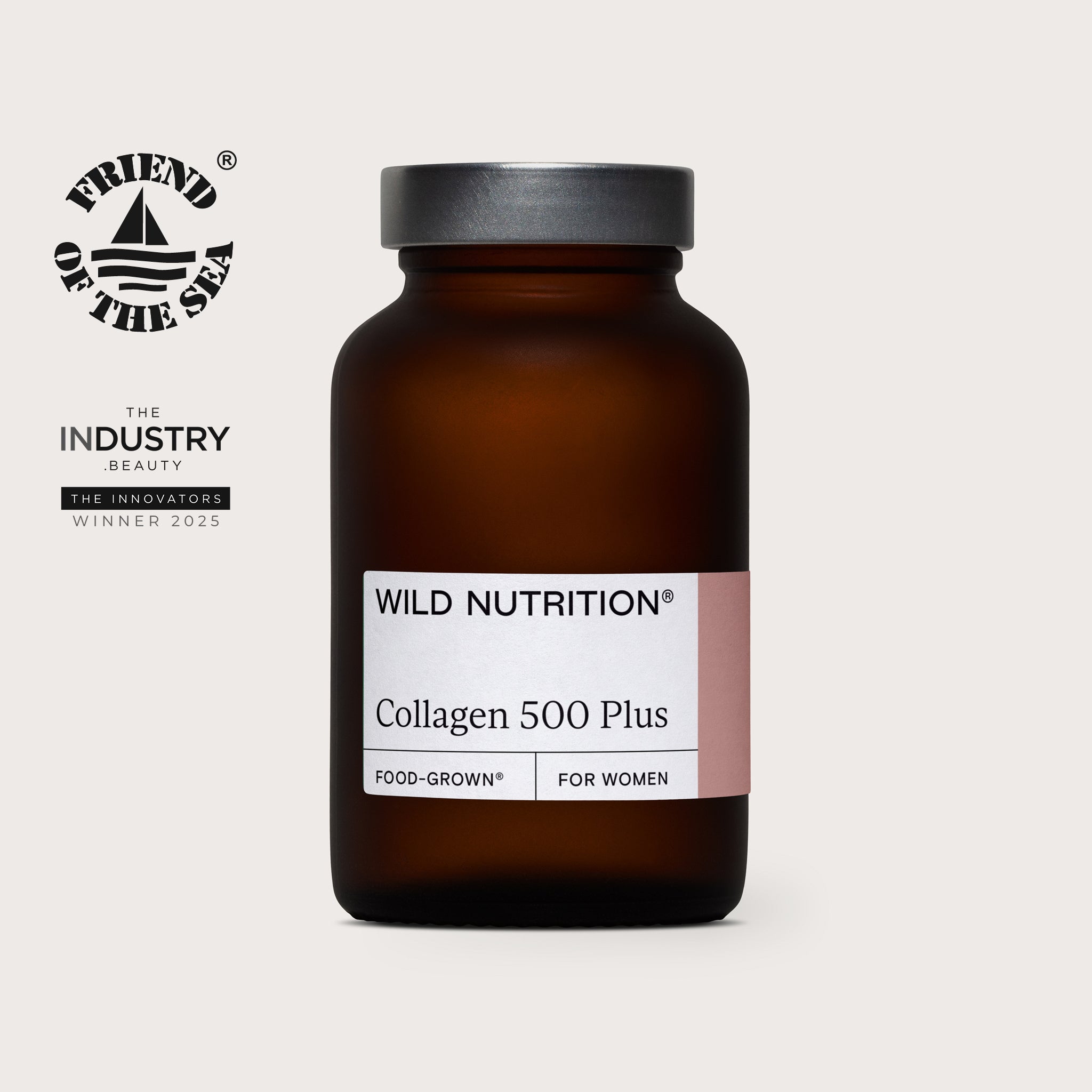
Go green
What is something of a 'buzz' product on the shelves of most health stores is actually part of a traditional fare for many cultures. In areas of the world like Japan and Scandinavia, types of seaweed and similar green plants have been a staple part of their diet for thousands of years. In fact, northern indigenous Inuit tribes have relied on seaweed in the colder months when other vegetables are scarce.
Powders incorporating nutrient-rich greens such as seaweed, some forms of algae and other green plants can be a sensible source of antioxidants and phytonutrients. They help support the immune system and protect against oxidative stress - which is especially useful for those living in more urban environments. Not many of us manage to get all of the goodness we need even if we have the best intentions and therefore adding a quality sourced green powder to your intake, via a smoothie, for example, can be one way of 'topping up'.
Powders also provide a source of trace minerals including iodine. Over the past 100 years, the global intake of seaweed has significantly declined. It may, therefore, be no coincidence that the World Health Organisation estimates that 31.5 percent of school-age children have an insufficient intake of iodine., a trace mineral found in seaweed which is vital for the normal growth of youngsters, the maintenance of healthy skin and the positive function of the nervous system and cognitive function.
With so many options on the market, it can be tempting to choose cheaper brands of products. However, as with most supplements, quality is everything as many come from poorly regulated sources. Look for an organic source verified by an EU organisation (shown by a mark such as the Organic Farming logo) and ideally choose something that is 100 percent raw (not processed using heat).
A little goes a long way to incorporate them into your diet slowly, one teaspoon at a time, and build up your tolerance. Many of them are safe when pregnant and breastfeeding and may be given to children in smaller doses, but always check with your practitioner first.
So, what are some of the choices available on the market and what is their nutritional content?
1. Chlorella
A single-celled alga grown in freshwater ponds, chlorella has been in existence for billions of years and used in Japan for centuries. It has possibly one of the highest concentrations of chlorophyll of any plant. This is what gives plants their green colour, and it is believed to have an impact on cell-regeneration as well as the ability to support the immune system and assist in new tissue growth. Chlorella contains chlorella growth factor (or CGF) which is not found in other green foods. CGF is thought to be useful for improving growth in general and assisting with healing too. This may also be why Japanese women consume it for healthy skin. It's a source of B Vitamins, minerals and small amounts of plant protein.
Top tip: Only choose a brand that uses 'cracked cell wall' chlorella to maximise your absorption of the goodness.
2. Spirulina
This is a blue-green algae (or single-celled plant) that grows in inland freshwater. Algae's are one of the oldest living life forms, helping to sustain our oxygenated atmosphere. It is a source of plant protein (in small levels) and rich in beta-carotene, minerals, vitamin E and B vitamins. As well as providing small amounts of protein, spirulina contains the natural compounds phycocyanin polysaccharides and sulfolipids that may help to support that may help to support the immune system. It actually contains more iron per serving than spinach.
Top tip: Spirulina can be difficult to stir into the water so it's best to use your blender with this powder.
3. Kelp
As a seaweed, kelp has a good nutritional content of vitamins and minerals and is especially high in iodine. Iodine is crucial for the health of the thyroid gland and thyroid hormone conversion and many of us could benefit from topping up our iodine levels. If you do not eat meat and fish, this is especially important
Top tip: Of all the green powders, kelp is an especially 'acquired' taste (it is often described as having a seaside flavour!) so new users may prefer to use capsules.
4. Barley grass and wheat grass
The green leaves of the barley or wheat grass plant contain a wide range of vitamin and minerals and are particularly rich in enzymes so may assist your digestion. They have a milder taste than seaweeds so can be a good introductory powder for new users.
Top tip: Good quality wheat grass and barley grass products should be certified as gluten free. Check with the supplier if you are unsure and need to follow a strict gluten-free diet.
Try adding your powder to our summer 'Green smoothie' recipe.












